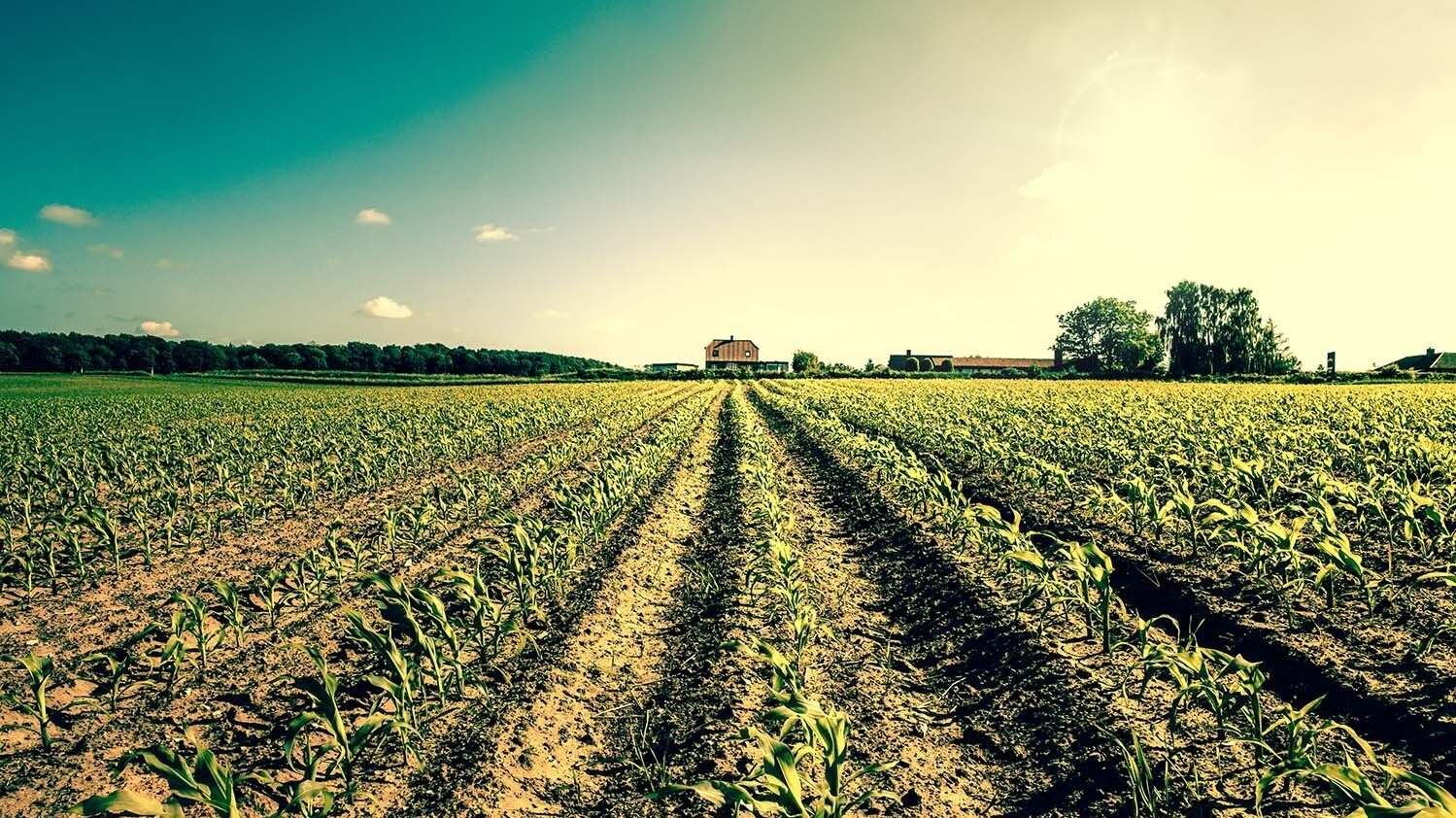Dental Health Inequalities among Indigenous People

From a young age, we are taught to take care of our teeth and gums. But for Indigenous peoples in Australia and New Zealand, this basic necessity is often out of reach due to systemic inequalities. The lack of access to dental health services disproportionately affects Indigenous people, as it is one of the most common unmet healthcare needs among them. This blog post will discuss the current state of dental health inequalities among Indigenous people in Australia and New Zealand, including the causes and consequences. We will also explore some potential solutions that have been proposed to help close the gap.
The Problem of Dental Health Inequalities among Indigenous People
There is a significant problem with dental health inequalities among indigenous people. While the overall health of indigenous people has improved in recent years, there remains a large gap between the health of indigenous people and that of the general population. This is particularly evident in the area of dental health, where indigenous people have much higher rates of tooth decay and gum disease than the general population.
The causes of this problem are complex and multi-faceted. Poor oral hygiene is a major contributing factor, as is a lack of access to dental care. Indigenous people are also more likely to smoke cigarettes and consume sugary drinks, which can contribute to poor oral health. In addition, many indigenous communities live in remote areas with limited access to dental services which is why oral health is often neglected by them.
The problem of dental health inequalities among indigenous people is one that needs to be addressed urgently. There are a number of initiatives underway to improve access to dental care for indigenous communities, but more needs to be done to close the gap between the oral health of indigenous people and that of the general population.
The Causes of Dental Health Inequalities among Indigenous People
There are many social and economic factors that contribute to dental health inequalities among indigenous people. Poor oral health is more common among indigenous people living in poverty, as they often lack access to adequate dental care and have less knowledge about proper oral hygiene. Additionally, indigenous people are more likely to smoke tobacco, which increases their risk for tooth decay and other oral health problems.
Indigenous people also experience higher rates of diabetes and other chronic diseases, which can lead to gum disease and other dental problems. In addition, many indigenous communities do not have access to clean water, which can lead to tooth decay and other oral health issues. Lastly, racism and discrimination can also play a role in dental health disparities among indigenous people, as they may face barriers to receiving quality dental care.
The Consequences of Dental Health Inequalities among Indigenous People
There is a significant disparity in dental health between Indigenous and non-Indigenous people in Australia. Indigenous people are more likely to experience tooth decay, gum disease and other oral health problems. This is due to a number of factors, including poor access to dental care, poor oral hygiene practices and a high consumption of sugary drinks.
The consequences of these dental health inequalities can be serious. Indigenous people are more likely to experience pain and infection, and to miss school or work due to dental problems. They are also at increased risk of developing diabetes and heart disease.
Improving the dental health of Indigenous people is essential for closing the gap in health outcomes between Indigenous and non-Indigenous Australians . It is also important for improving the quality of life for Indigenous people as dentistry is a highly multi-racial industry, populated by staff such as Dr Elly Huang and her team.
What Can Be Done to Address Dental Health Inequalities among Indigenous People?
There are many ways to address dental health inequalities among indigenous people. One way is to increase access to dental care. This can be done by increasing the number of dental clinics in indigenous communities, as well as increasing the number of dentists who are willing to work in these communities. Another way to address this issue is to provide more education on proper oral hygiene practices. This can be done through school-based programs or community-based programs. Finally, it is important to increase awareness of the importance of dental health among indigenous people. This can be done through media campaigns, community outreach, and educational materials.
Conclusion
It is evident that Indigenous people are at a disadvantage when it comes to dental health. Not only do they lack access to the same resources as other populations, but their culture and beliefs can also make them less likely to seek out preventative care or even visit a dentist. The key going forward is addressing the unique needs of these communities and finding solutions that acknowledge their diverse backgrounds while providing quality oral healthcare for all individuals regardless of race or economic status.

